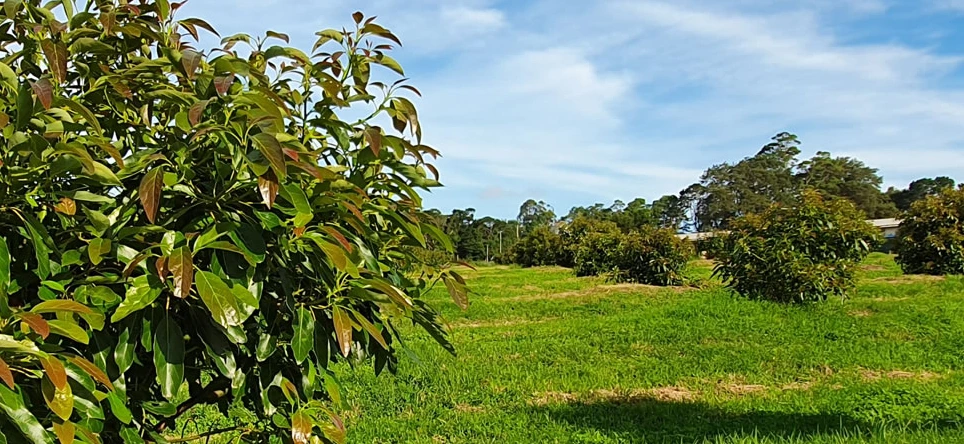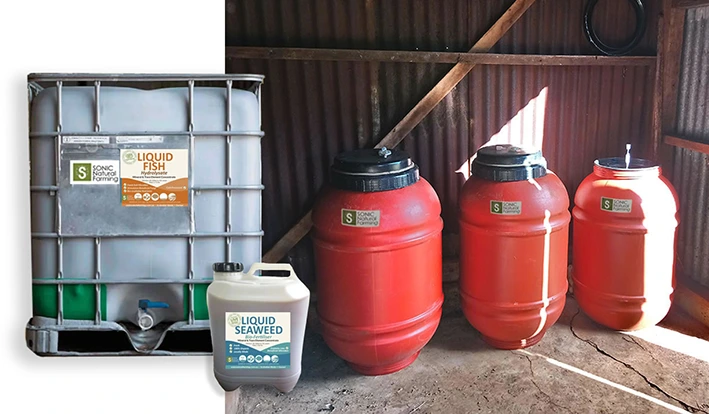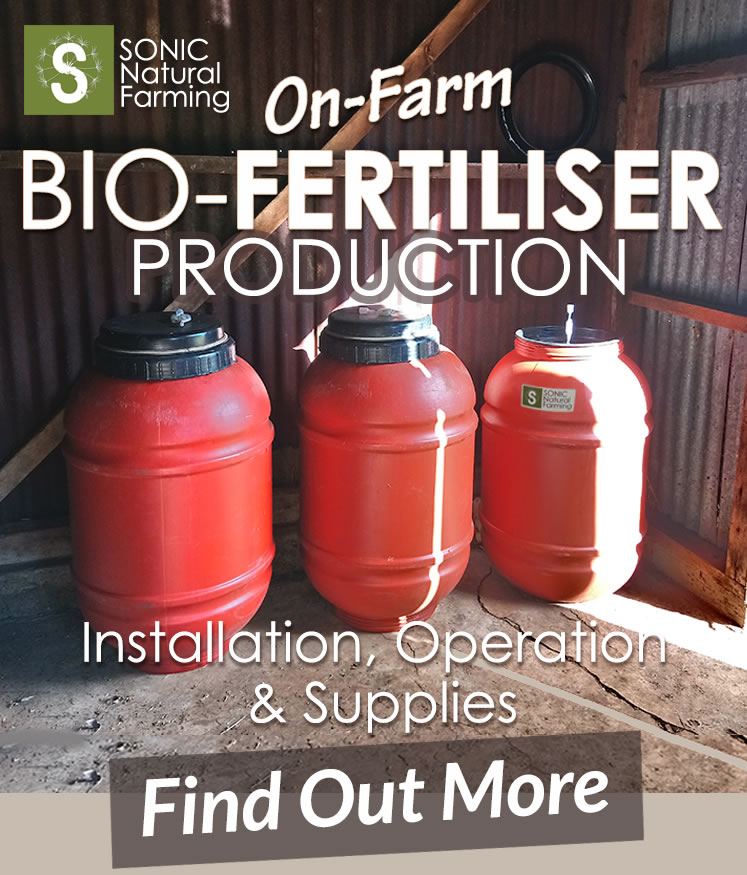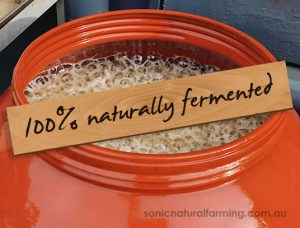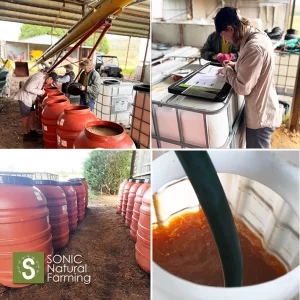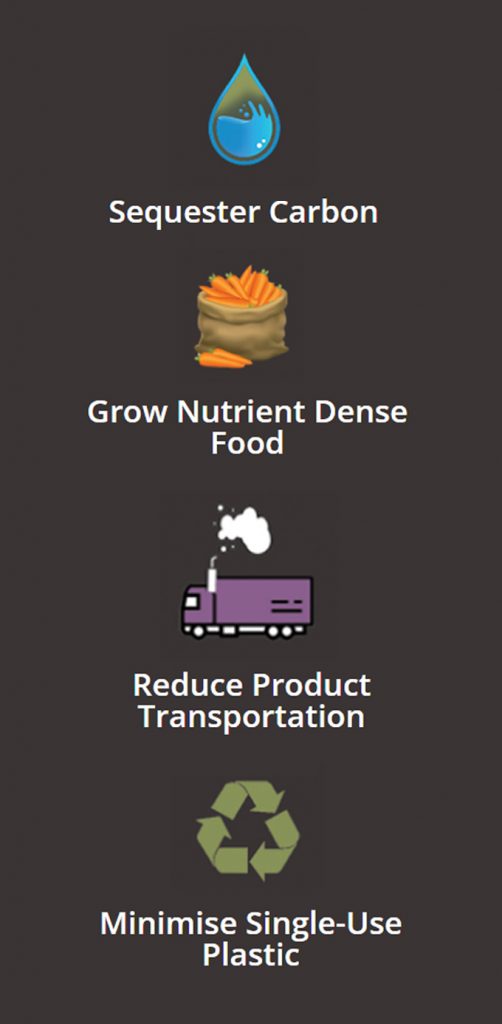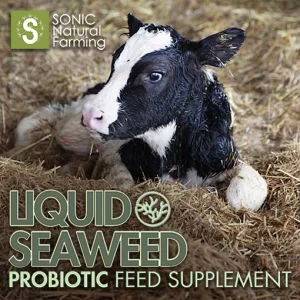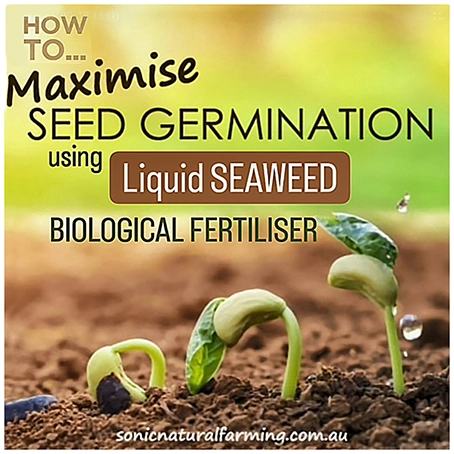Liquid fertiliser is a popular choice among farmers due to its numerous advantages over dry fertilisers. In this article, we will explore the benefits of using liquid fertiliser and how it compares to its dry counterpart. By understanding these advantages, you will be able to make an informed decision on which type of fertiliser is best suited for your specific agricultural system.
Liquid Fertiliser Offers Speedy Nutrient Absorption
One of the key advantages of liquid fertilisers is their ability to provide a fast and direct nutrient supply to plants.
Since liquid fertilisers are in a liquid form, and dissolve in water, the nutrients are readily available for absorption. This means that plants can quickly access essential minerals and trace elements for healthy growth and development.
Additionally, liquid fertilisers offer better nutrient uniformity. The nutrients in liquid form can be evenly distributed throughout the solution, ensuring that each plant receives an equal amount of essential elements for optimal growth. This helps prevent nutrient deficiencies, or excesses, that can occur with dry fertilisers.
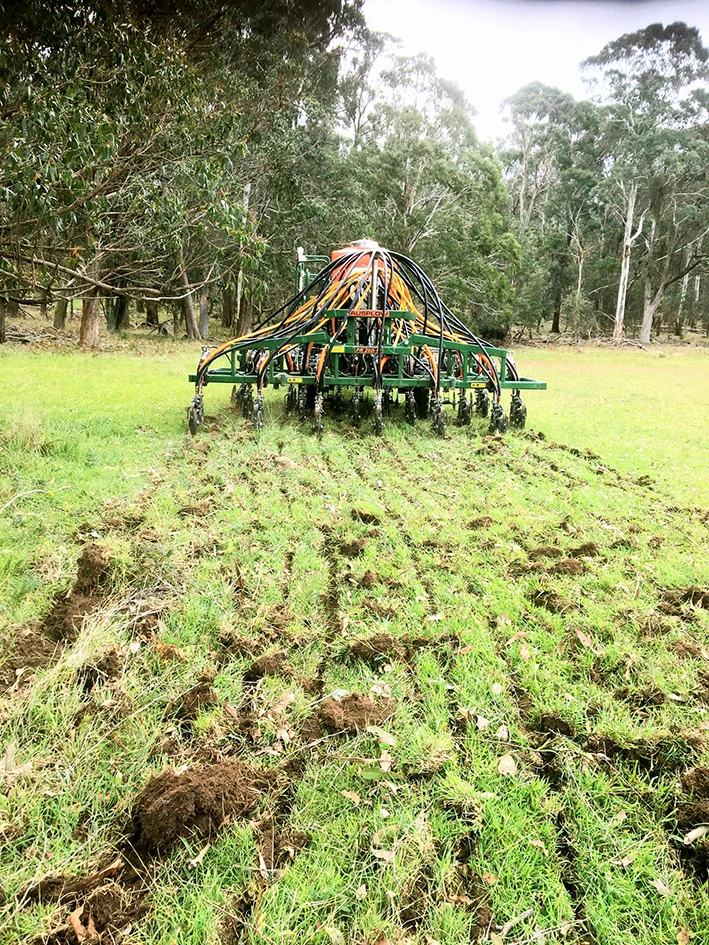
Australian Ausplow machine, ripping, seeding, and injecting SONIC Liquid Seaweed and Fish Biological Fertiliser. (Above image).
Liquid Fertiliser Provides Application Precision
Liquid fertilisers allow for precise application rates and easy adjustment of nutrient ratios. By diluting the fertiliser solution with water, farmers and gardeners have greater control over how much fertiliser is applied to their crops or plants. They can also adjust the rate of dilution based on specific plant requirements, weather conditions and budget.
Liquid fertiliser can be applied when seeding, as a seed inoculant, and applied directly to the roots or foliage of plants. It can be applied using various methods, such as spraying or through irrigation systems. Targeted, and well timed application, ensures that the nutrients reach the intended plants efficiently, without being wasted or leached away.

Liquid Fertiliser Offers Ease of Application
Liquid fertilisers are easily mixed with water and applied, using spray equipment, directly to the soil or foliar sprayed onto plants. This makes them ideal for large-scale agricultural operations as well as home gardening.
Biologically fermented liquid fertilisers are concentrated, which means that a smaller amount of product can cover a larger area compared to solid fertilisers. Biological fertilisers have a microbial component and mineral component, making them highly effective for building soil health. This combination can also make them more cost-effective and efficient to use.
Liquid Fertiliser Has Foliar Application Benefits
Liquid fertilisers offer several advantages when it comes to foliar application. Unlike dry fertilisers, liquid fertilisers allow nutrients to be easily absorbed through the stomata on the leaves. This results in quicker and more efficient nutrient delivery, leading to faster growth and healthier plants.
Applying Biological Fertiliser as a foliar has the additional benefit of coating the leaves with beneficial microorganisms. When these microbes are coating the leaf, it leaves less room for pathogens, creating a natural defence and immunity for the plant.

Avocado tree at Kilburney Farm, planted and grown using only SONIC Liquid Biological Fertiliser. (Above image).
Liquid Fertiliser Contains Low Salt
Liquid fertilisers often have lower salt indexes compared to dry options. This means that they have a reduced risk of causing salt build-up in the soil over time when used correctly.
Excessive salt accumulation can negatively impact soil health and hinder plant growth; therefore, the use of low-salt liquid formulations can help maintain optimal soil conditions for sustained agricultural productivity.

In support of dry fertiliser advantages, they can sometimes have a longer shelf life, compared to liquid fertilisers, and if stored correctly they are less prone to degradation from exposure to sunlight or moisture. This ensures that the nutrients remain intact until they are applied to the plants.
Dry fertilisers are typically in a powdered or granulated form, making them easy to store, and apply. This makes them a preferred choice for farmers and gardeners who need to store fertiliser for extended periods.
In conclusion, choosing between liquid and dry fertilisers depends on various factors such as crop type, soil conditions, and specific nutrient requirements. However, the advantages of liquid fertilisers in terms of solubility, precision application, fast-acting results, uniform distribution, and lower salt indexes make them a compelling option for many agricultural systems.
By carefully considering these benefits, and evaluating your own farming needs, you can determine which type of fertiliser will best support your crop growth and overall agricultural success.
Click here to watch Organic Mixed Crop Growing, where farmers Rod and Tania talk about their growing methods and using products like SONIC Liquid Fish Hydrolysate and Seaweed Biological Fertiliser to produce wholesome, nutrient dense food.
Kilburney Avocado Farm – Regenerative avocado farming using SONIC Liquid Fish Hydrolysate and Seaweed Biological Fertiliser. Read Farmers Review
Wilson River Pecans – Certified Organic Pecan Farm using Liquid Fish Hydrolysate Fertiliser. Read Farmers Review

LIQUID BIOLOGICAL SOLUTIONS
Ocean Derived Nutrition
for Soil, Crop & Livestock
Fish Hydrolysate | Liquid Seaweed Fertiliser


